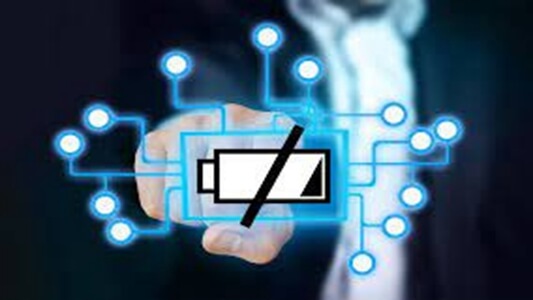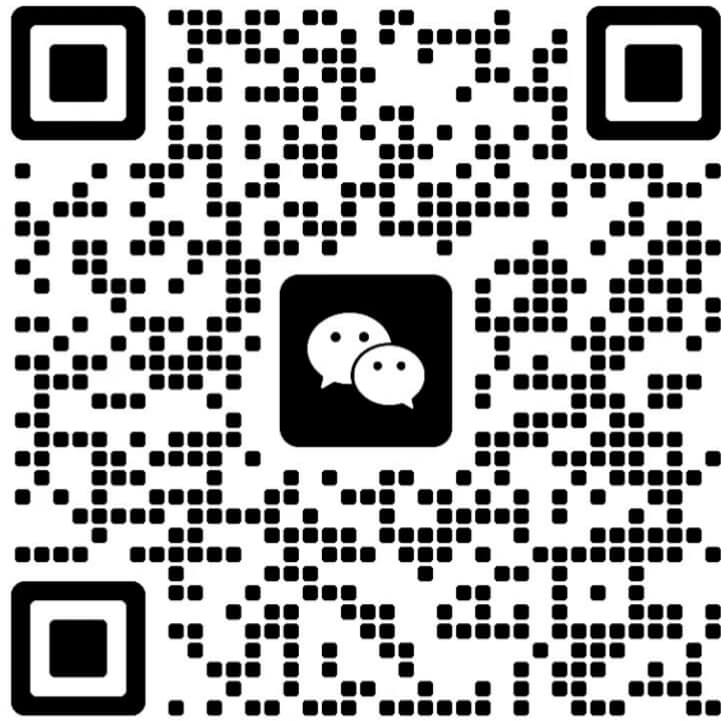For centuries, people have been looking for ways to store electrical energy for later use. While batteries provide a way to do this, they have many drawbacks. Energy harvesting, on the other hand, uses energy that is available in the surrounding environment, anywhere, anytime.This technology seems to be an important prerequisite for the so-called Internet of Things (billions of sensor nodes, connecting everything), as there is simply no way to change or even install these numbers of batteries for economic and ecological reasons.
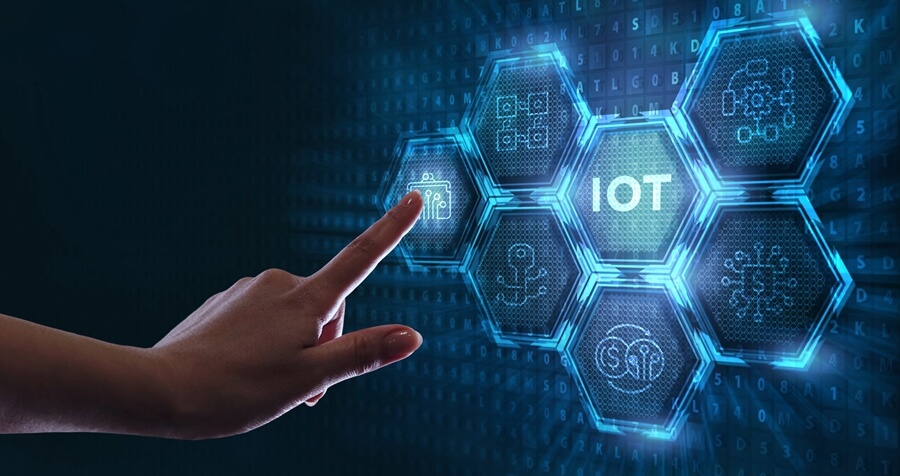
The good news: energy is everywhere
Energy converters find energy everywhere in their surroundings: in movement, light and temperature differences. Energy harvesting aims to accomplish this without the use of chemicals and without the need for maintenance.
Energy from Exercise
Wireless self-generating switch is a new working mode of remote control switch which is different from the traditional switch. Its power supply is powered by the action of pressing the switch by hand to drive the electromagnetic induction device (closed wire to cut the magnetic line of inductance), so as to generate electrical energy. The working principle of the wireless self-generating switch is to use energy collection technology to convert the tiny amount of kinetic energy generated by pressing the switch into electrical energy, forming the energy supply for signal transmission, and at the same time adopting RF433 radio frequency technology to realize the wireless control of the switch to the lamps and other equipments.
Energy from Light
Light is an inexhaustible source of energy. Miniature solar modules can even utilize indoor light to power ultra-low-power radio modules. The solar-powered STM 330 sensor module is an example. The module is characterized by extremely low power consumption and high reliability. For example, a low-light room charge (200 Lux) of 3.6 hours is sufficient for uninterrupted operation if measurements are transmitted every 15 minutes. Additional PAS-type charging capacitors ensure sufficient power reserves to bridge intervals when little or no light energy is collected. When its energy storage unit is fully charged, the module can operate reliably in complete darkness for several days.
Energy from temperature differences
The temperature difference between air and hot machine parts, heat sinks or even human skin contains a lot of energy and is therefore ideal for power devices. Heat generators, so-called Peltier elements, can be energized without any moving parts, but at very low voltage levels, which requires complex voltage conversions.
Energy Harvesting is Just Getting Started
Battery-free wireless devices are still new, but are well established in building automation, smart homes and even industrial applications. However, the technology is still at the beginning of its possibilities. There are countless other useful applications.

 CN
CN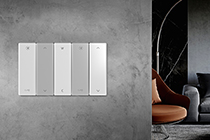


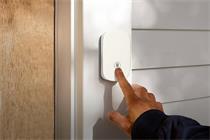

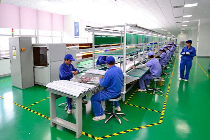



 Home
Home DFM
DFM  Aug 02,2023
Aug 02,2023 
 Are self power light switches safe?
Are self power light switches safe? 
 Jul 27,2023
Jul 27,2023 
